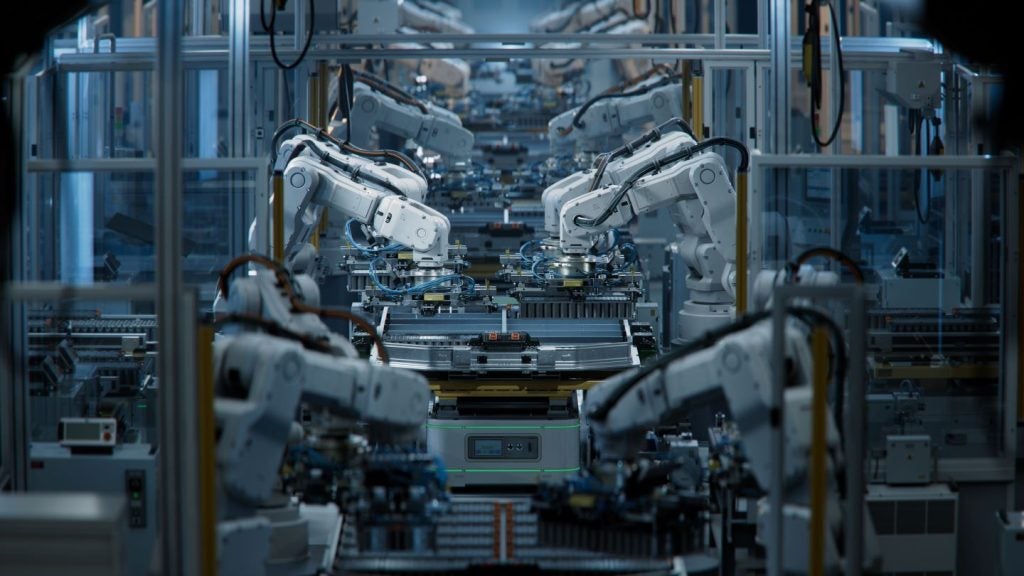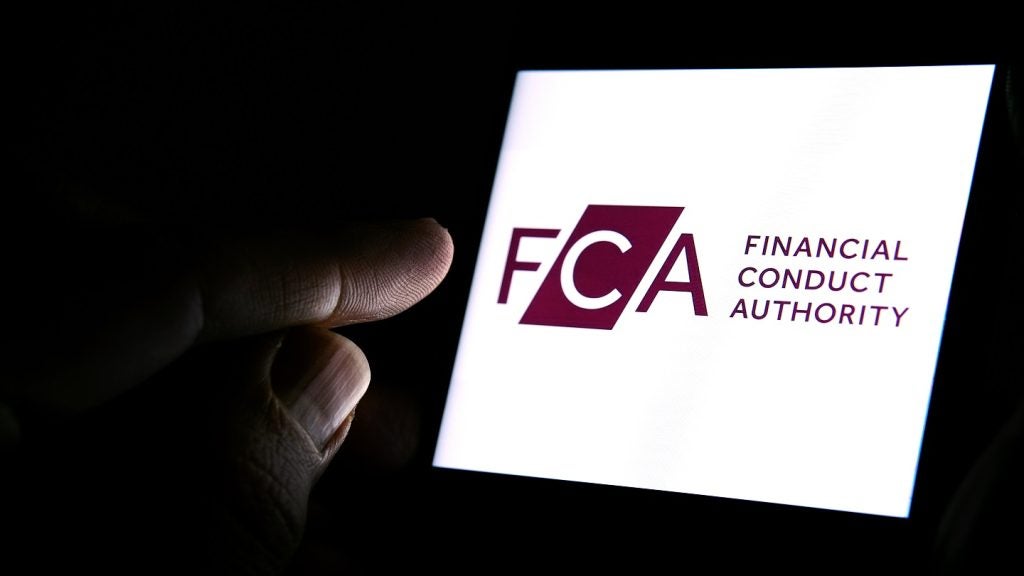Anglia UK managing director, Mark Scotney, looks at the unprecedented demand for used cars and what this could mean for the future of the finance industry.
It won’t have escaped your attention that something very odd is happening in the used car market. I’ve been involved in the automotive industry pretty much all of my working life and throughout that period one golden rule has applied regardless of the wider economic environment – used cars depreciate in value.
Of course, the rate of depreciation can vary depending on a number of factors but on the whole depreciation is a certainty. But not anymore. In this strange post-pandemic landscape, it seems that a car is now an asset that appreciates in value.
Pent up demand from lockdown during which dealers were closed, combined with the global semiconductor shortage has apparently led to a smaller supply of new cars, meaning a higher proportion of those wanting to replace their existing car are heading to the used market.
Not only does the media tell me this is true, but I also have personal experience to prove it. My very good friend is currently driving a Ford Fiesta, having recently sold his three-year-old E Class Mercedes for a five-figure profit from its purchase value a year ago – yes, a profit after a year of motoring albeit he didn’t drive far like the rest of us!
In fact, May 2021 will probably go down in history. Industry body, cap hpi, which many finance companies use to set guaranteed future value (GFV), reported the average movement at three years, 60,000 miles being a massive 6.7% up. The report noted: “It is difficult to stress just how large and unusual an increase that is”.
How well do you really know your competitors?
Access the most comprehensive Company Profiles on the market, powered by GlobalData. Save hours of research. Gain competitive edge.

Thank you!
Your download email will arrive shortly
Not ready to buy yet? Download a free sample
We are confident about the unique quality of our Company Profiles. However, we want you to make the most beneficial decision for your business, so we offer a free sample that you can download by submitting the below form
By GlobalDataThis could have been considered a short-term spike however the historic rise in cars prices looks set to continue with June’s values up another 4.8% and forecasted to continue to rise until at least October of this year.
Winners and losers
So, who exactly are the winners and losers in this situation? Firstly, PCP contracts represented some 75% of new consumer agreements and 38% of used in 2020 – a high enough percentage to have a material impact on the market.
Whilst the market values are high, PCP users coming to the end of their contract and wanting to change into a new car will undoubtedly win. Retail prices haven’t climbed as yet but used car prices have rocketed so the gap between sale proceeds of trade-in and the cost of a new car will be lower.
Sensible customers will just use the additional equity to increase the deposit and lower their payments, others will use the additional equity to upgrade to a more expensive vehicle. The critical point for lenders now is trying to figure out exactly what the future value of these vehicles will be. If lenders get this wrong, we may be heading for a perfect storm three years down the line.
Let’s for a moment suppose cap hpi lifts GFVs by 10% based on the current buoyant car prices. Using the increased values as an example, a new Audi is probably worth £3,000 more at 36 months old. As a result, the monthly payments drop by around £80 a month and the trade in value is also worth another £1,000, increasing the deposit and potentially dropping the payment by another £30 a month.
Some will be happy with the saving; many, however, will just buy a more expensive car to meet their budget. The dealer will encourage the upsell providing they have the stock, and the lender won’t worry too much as the customer has previously met similar levels of monthly payment so is likely to pass affordability requirements. So everyone’s a winner, right? Well maybe or maybe not. It all depends on exactly what values do in three years’ time.
If the market falls then a car’s value would tank against an optimistic GFV set in better times, resulting in possible negative equity and a lot of customers stuck in agreements they can’t get out of. Many will invoke their right to return their vehicle at the end of the contract, meaning the finance company will take the hit. However, there could also be an oversupply of used vehicles, driving values down further.
If I were a residual value manger setting GFVs what would I do? There is a temptation to set really conservative GFVs, which many of the banks are likely to do, but they can only go so far because the manufacturer owned lenders are likely to be more bullish and set higher GFVs in a bid to sell more cars and keep cost of ownership low.
What goes up must comes down
Experienced motor lenders are acutely aware of negative GFV risk, which can kill their P&L if the market moves. What they are all trying to work out is what the economy will do in 2022, how it will affect used car values and new car sales and how it will affect customers’ ability to pay.
I suspect the well-established rule of what goes up must come down will undoubtedly come into play at some point, the big question is how quickly will the market readjust? A sharp correction could prove problematic for Dealers, Lenders and Consumers alike.
The main problem is that none of the usual rules apply. Pent up demand from an estimated global 2.5 million lost vehicle production units in the first two quarters 2021 is likely to keep the used market strong for some time yet.
The pandemic has delivered plenty of accidental savings and not quite the rise in debt levels some had predicted (although early indications are this may be changing). Most consumer Lenders are reporting surprisingly low levels of default despite having provisioned for significantly higher levels. Inflation is up and putting pressure on interest rates – or is inflation a temporary symptom of under supply and higher demand due to a prolonged shut down?
Only time will tell, and everyone has an opinion. One thing for sure is that anyone who can work out what happens next is likely to prosper.








Related Company Profiles
Audi AG